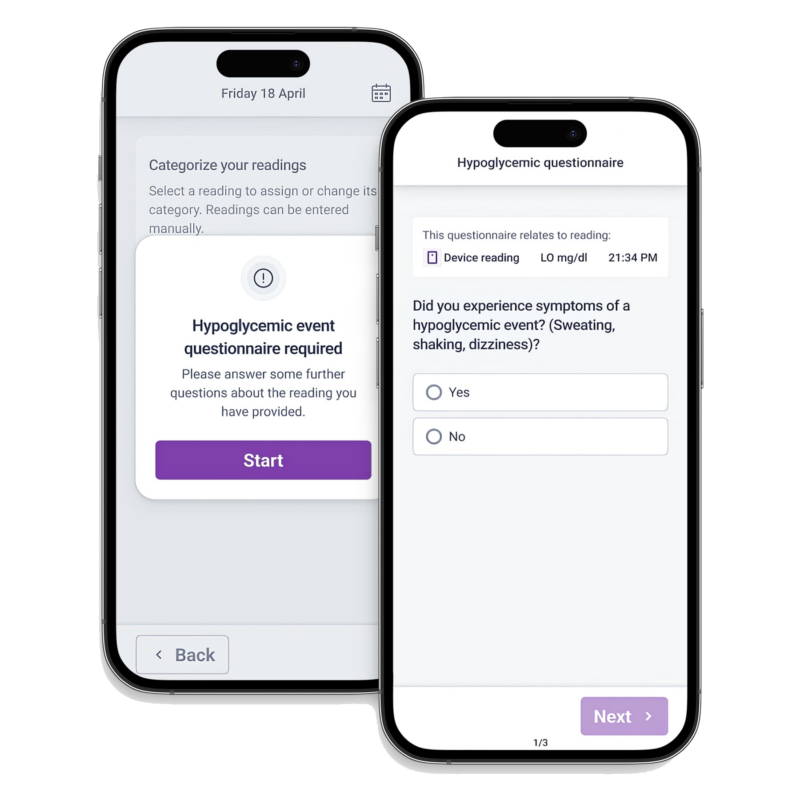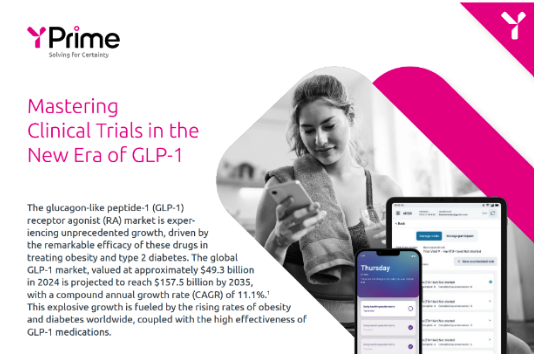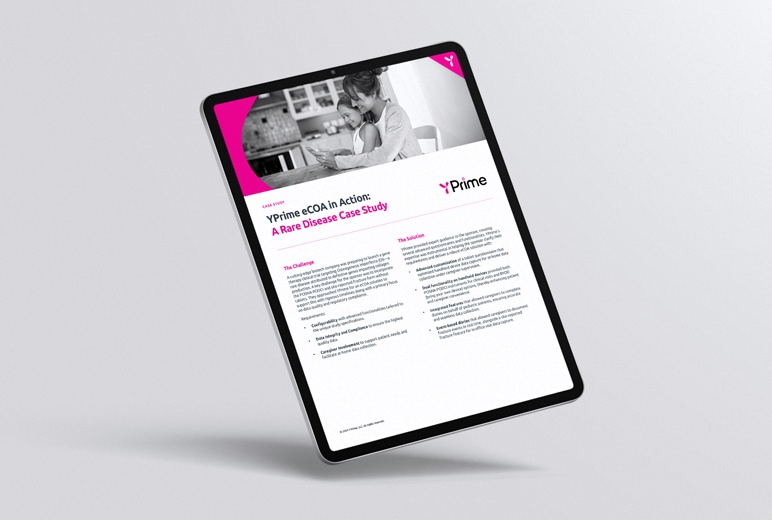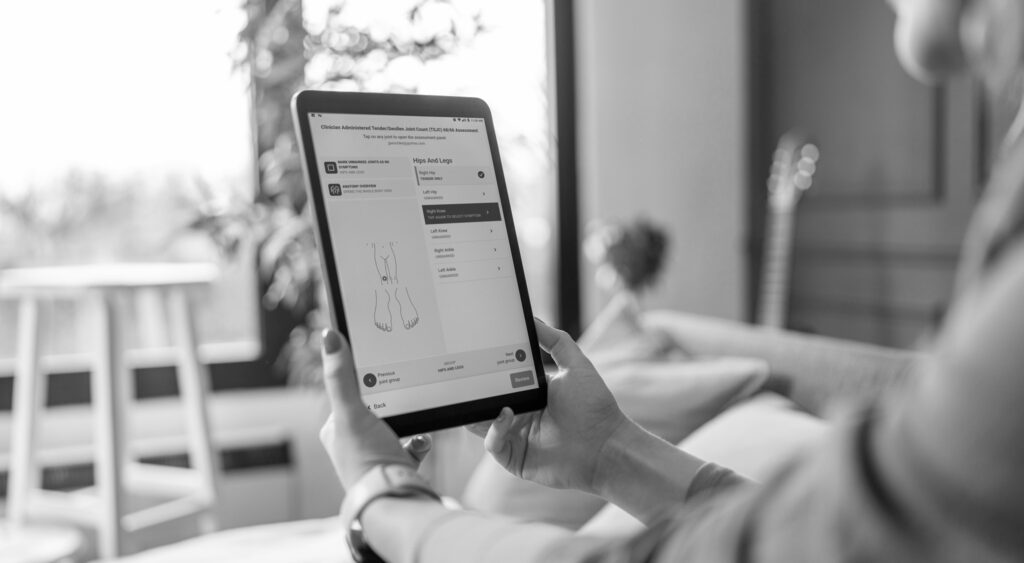You evaluate every technology decision through the lens of operational excellence. When you select trial technologies, you’re not just choosing tools—you’re architecting the infrastructure that will determine whether your study delivers the data quality and timeline performance that define success in today’s competitive landscape.
The GLP‑1 space exemplifies this reality. With over 300 GLP-1 drugs currently in active development¹ and the global market projected to reach $157.5 billion by 2035,2 the operational stakes have reached new heights. This explosive growth creates both tremendous opportunity and intensified pressure. Sponsors must deliver exceptional data quality to differentiate their therapies in an increasingly crowded market, making connected devices in GLP‑1 clinical trials essential infrastructure rather than optional enhancements.
“The question is no longer whether to integrate connected devices into GLP-1 trials, but how to implement them most effectively.”
As GLP‑1 research expands far beyond its traditional diabetes and weight management roots, the complexity of data collection has grown exponentially. Today’s GLP‑1 trials are investigating breakthrough applications in sleep apnea management, addiction treatment, cardiovascular disease prevention, non-alcoholic steatohepatitis (NASH), neurodegenerative diseases like Alzheimer’s and Parkinson’s, and PCOS management. Each indication demands precise, protocol-critical data that manual collection methods simply cannot deliver with the accuracy and timeliness modern trials require.
The Precision Imperative in Today’s GLP‑1 Landscape
In this competitive environment, data quality isn’t just about regulatory compliance. It’s about competitive advantage. Sponsors need every data point to be accurate, timely, and defensible. The traditional approach of manual data collection, with its inherent risks of transcription errors, delayed reporting, and inconsistent measurements, can no longer meet these demands.
Connected devices have emerged as the solution that enables sponsors to capture real-world, protocol-critical data with unprecedented precision. These technologies eliminate human error while providing the granular, continuous monitoring that today’s sophisticated GLP‑1 studies require.
Connected Devices Tailored Across Expanding GLP‑1 Indications
The beauty of connected device integration lies in its adaptability to the diverse endpoints required across GLP‑1’s expanding therapeutic applications.
GLP-1 SPOTLIGHT on Connected Glucose Monitoring
Connected glucose monitoring (BGM + CGM) integration transforms reactive monitoring into proactive, data-driven participant management, enabling clinicians to make informed, individualized healthcare decisions throughout the study lifecycle.
Real-Time Clinical Decision Support
Individualized Participant Care
Operational Excellence
The Integration Advantage: Unified Data Excellence
The true power of connected devices emerges when they’re seamlessly integrated within a comprehensive eCOA ecosystem. Rather than managing disparate data streams from multiple sources, sponsors benefit from unified platforms that harmonize participant-reported outcomes with physiological device data while maintaining complete audit trails and regulatory compliance.
This integration enables real-time data monitoring and alerts, allowing study teams to identify protocol deviations, monitor participant safety, and make informed decisions throughout the trial. The result is not just better data quality, but more efficient study management and improved participant outcomes.
Enabling Adaptive, Patient-Centric Trial Designs
Connected device integration also empowers more sophisticated trial designs that can adapt based on real-time data insights. When sponsors have continuous access to high-quality physiological and behavioral data, they can implement adaptive protocols that optimize dosing regimens, identify at-risk participants early, and refine study parameters mid-trial. This capability is particularly valuable in the fast-moving GLP‑1 space, where the ability to make data-informed adjustments can mean the difference between trial success and costly delays.
The participant experience also benefits significantly from connected device integration. Passive data collection reduces participant burden while improving compliance, as participants no longer need to manually record multiple daily measurements. This participant-centric approach leads to better retention rates and more complete datasets. These factors are critical to the success of lengthy GLP‑1 studies.

Connected Devices: Essential Infrastructure for GLP‑1 Success
As the GLP‑1 market continues its rapid evolution, connected devices have transitioned from convenient add-ons to essential trial infrastructure. Sponsors who embrace these technologies gain access to data quality, operational efficiency, and patient engagement levels that create meaningful competitive advantages.
Sources
1 Clinical Trials Arena, 2024 was a record year for obesity trials and 2025 is already poised to take over. https://www.clinicaltrialsarena.com/analyst-comment/2024-record-year-obesity-trials-2025-poised-take-over/. Accessed May 29, 2025.
2 Roots Analysis Business Research & Consulting, GLP-1 Market: Industry Trends and Global Forecasts. https://www.rootsanalysis.com/reports/glp-1-market.html. Accessed May 29, 2025.
Check Out What Our Experts Have to Say
about trial design, data capture, operational efficiencies, and, ultimately, how to solve with certainty in clinical research.




